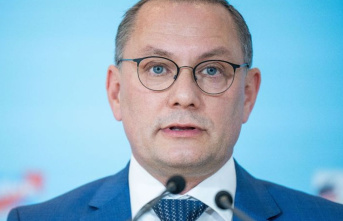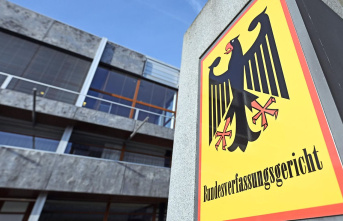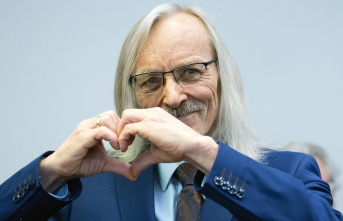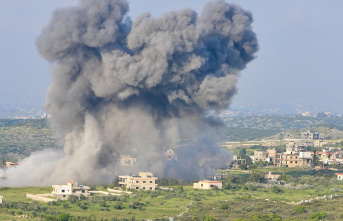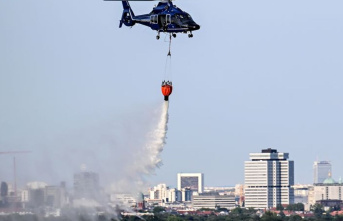It was supposed to be a day full of joy - but shortly after the fireworks for the French national holiday on July 14, 2016 in Nice, a truck weighing several tons sped through the jam-packed promenade on the Mediterranean Sea, bringing death, fear and suffering. The assassin also killed two students and a teacher at a Berlin school. A total of 86 people died in the Islamist terrorist attack and hundreds were injured. Six years later, the legal review begins on Monday in Paris.
The trial before a special court is eagerly awaited. The attack shook a country that had previously been hit to the core by terrorist attacks on the satirical magazine "Charlie Hebdo" and a Jewish supermarket, as well as on restaurants and the "Bataclan" concert hall. The perpetrator of Nice, Mohamed Lahouaiej Bouhlel (31), was shot dead at the time. Now seven men and one woman who are said to have supported him have to answer for themselves. They could face prison sentences of between five years and life.
Were there enough security forces?
But the process, scheduled for three and a half months, should go beyond the alleged supporters. The court should find out in which network the assassin acted. Although the terrorist militia Islamic State (IS) claimed responsibility for the crime and indications of the Tunisian's Islamist radicalization were found, there was initially no sign of a connection.
The security measures are also likely to play a role in the process, although the separate investigations into this are still ongoing in Nice. Because why the perpetrator was able to drive onto the Promenade des Anglais and whether there were enough security forces on site is still a concern for those affected.
The statements of more than 850 joint plaintiffs are granted a total of four weeks of trial. A number of children are also affected. According to media reports, they can testify via transmission from a room in Nice so that they don't have to make the journey to Paris. That might be a relief for some.
Victims struggle with post-traumatic stress
A significant proportion of the children who witnessed the attack suffer from post-traumatic stress, child psychologist Florence Askenazy told radio station France Info. The 13-year-old twin brothers Mathias and Lazard, for example, who watched the fireworks back then, still have problems going outside alone to this day. "When I go out, I get anxiety attacks," Mathias tells the broadcaster. "I can't go out alone," says Lazard.
Marc Phalip's everyday life is also shaped by the attack. The volunteer firefighter was on the promenade to eat ice cream, then provided emergency aid and took the seriously injured to the hospital. "I still see myself driving on the promenade to save people. I drove between corpses," says Phalip to the France 3 broadcaster. He used to stroll there all the time. "It was beautiful. And now I can't look at the pictures from my childhood anymore." The images burned in his head. "It's like a scar. If you have it, keep it for life."
For Stéphane Erbs and his daughter Noémie, the trial harbors hope and reopening wounds. Wife and mother Rachel died in the attack. The procedure is a milestone, Stéphane tells the newspaper "Nice Matin", but the summer was difficult this year. "We know that this period will drag us down. We are preparing for it." The important part is the statements, says Stéphane. "It will be liberating," he estimates. "There will be anger, hatred, but some victims will put some of their burdens there. I hope we put some of our pain there."


